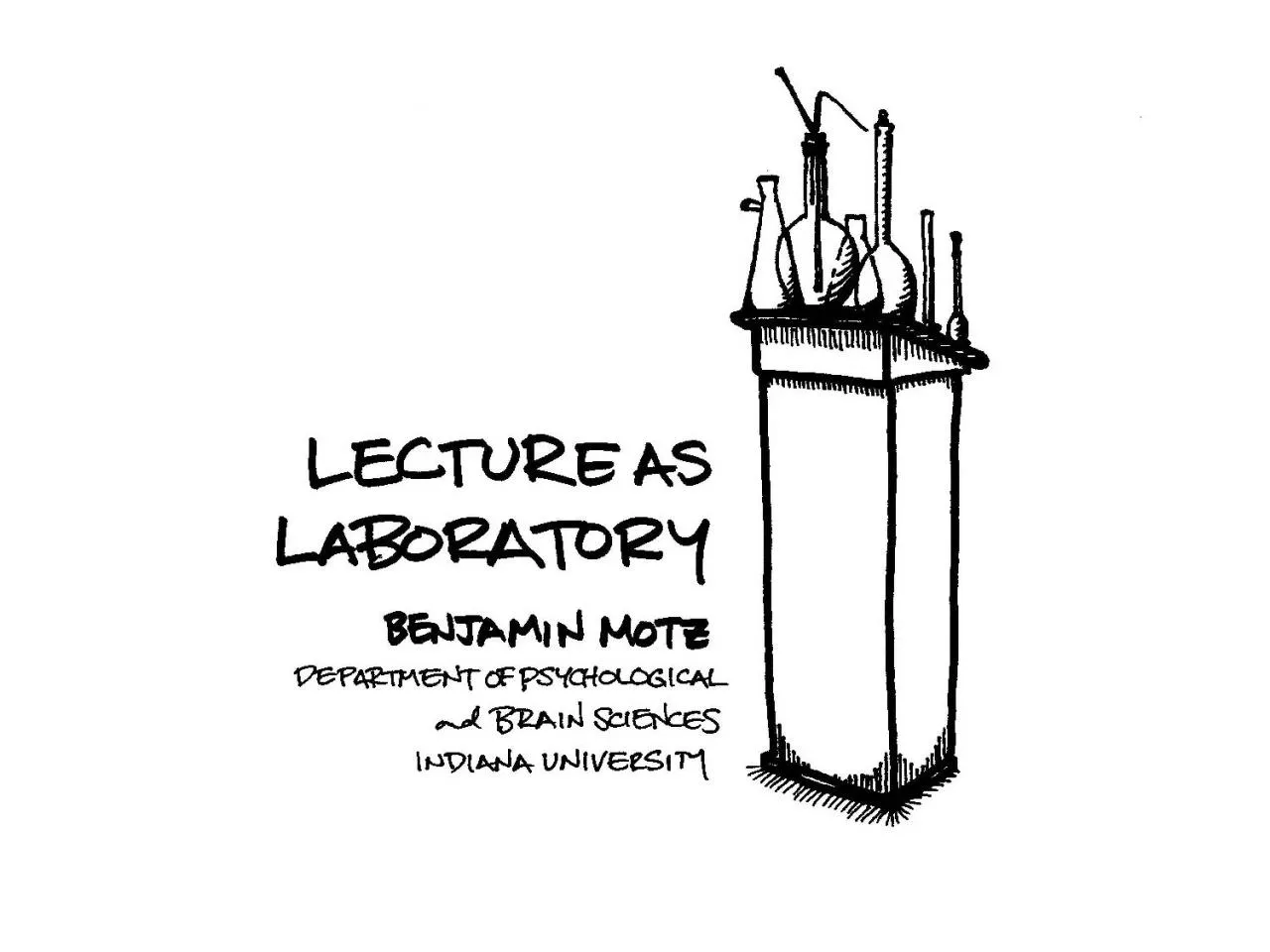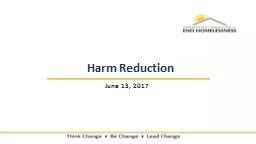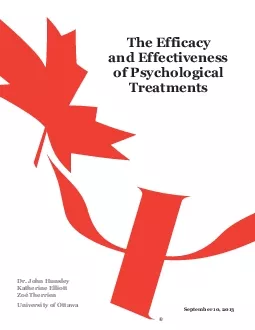PPT-Lilienfeld , S.O. (2007). Psychological treatments that cause harm.
Author : ruby | Published Date : 2024-03-13
Perspectives on Psychological Science 2 5370 Westen D Blagov PS Harenski K Kilts C amp Hamann S 2006 Neural bases of motivated reasoning An fMRI study
Presentation Embed Code
Download Presentation
Download Presentation The PPT/PDF document "Lilienfeld , S.O. (2007). Psychological ..." is the property of its rightful owner. Permission is granted to download and print the materials on this website for personal, non-commercial use only, and to display it on your personal computer provided you do not modify the materials and that you retain all copyright notices contained in the materials. By downloading content from our website, you accept the terms of this agreement.
Lilienfeld , S.O. (2007). Psychological treatments that cause harm.: Transcript
Download Rules Of Document
"Lilienfeld , S.O. (2007). Psychological treatments that cause harm."The content belongs to its owner. You may download and print it for personal use, without modification, and keep all copyright notices. By downloading, you agree to these terms.
Related Documents














